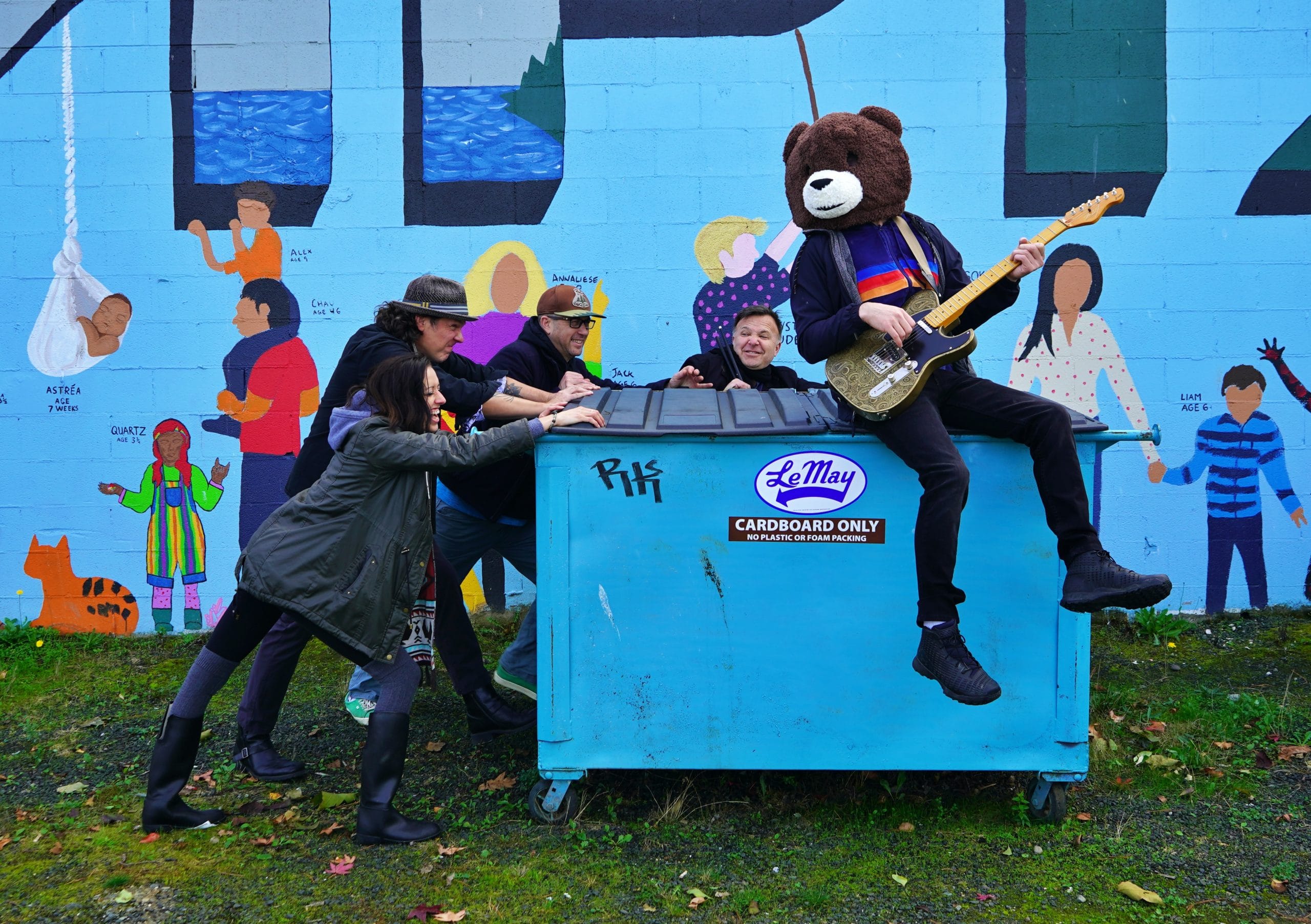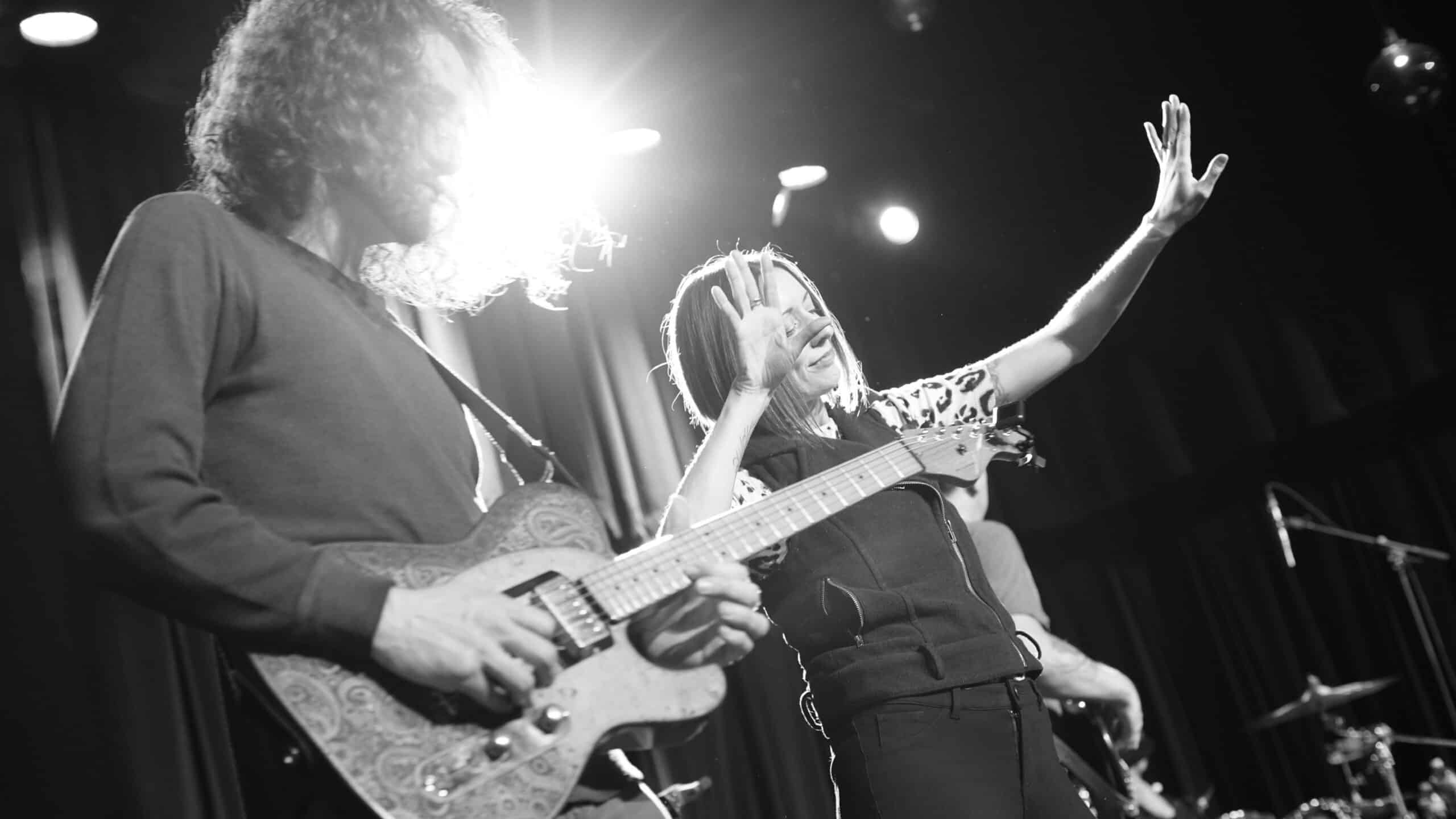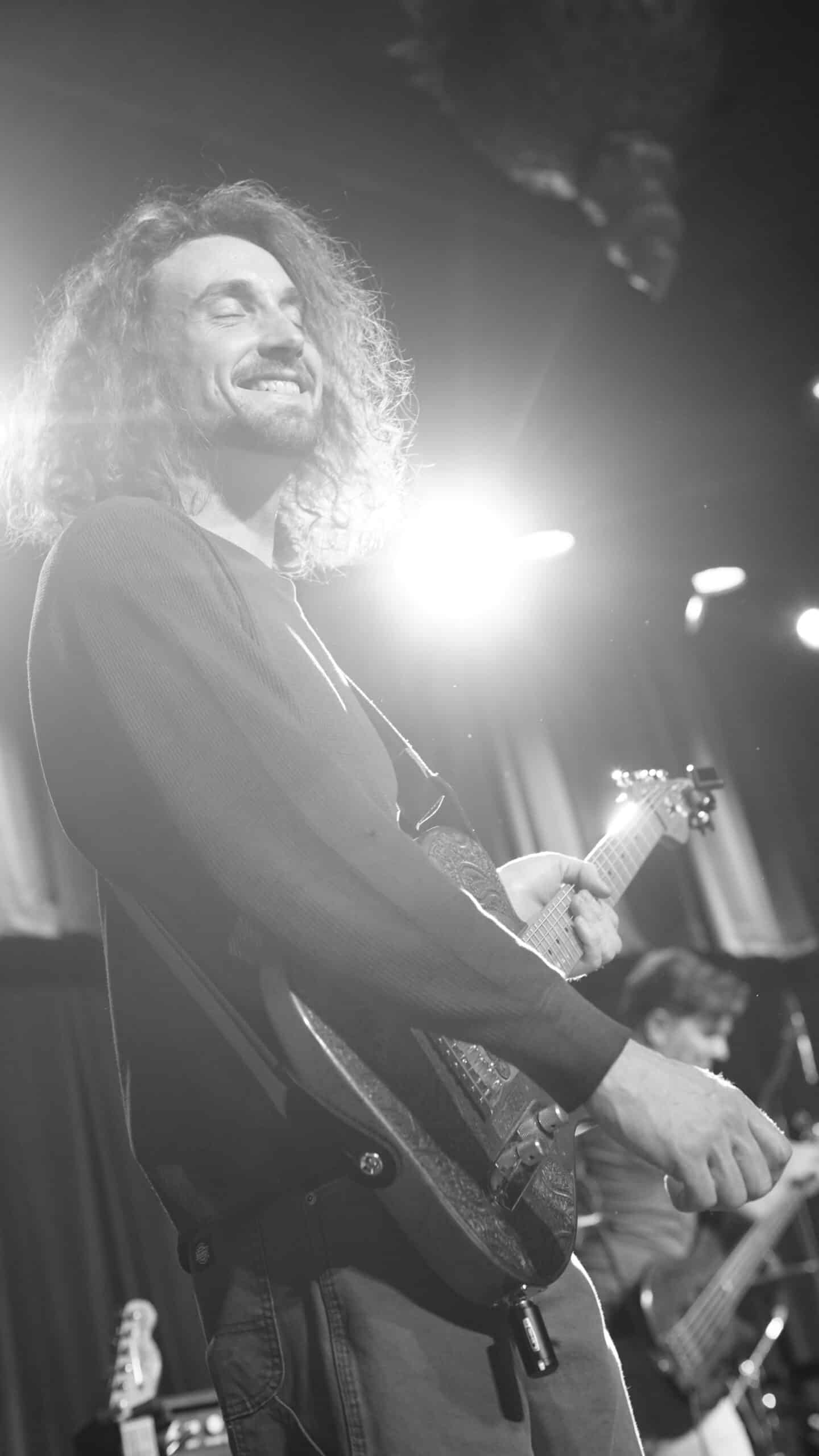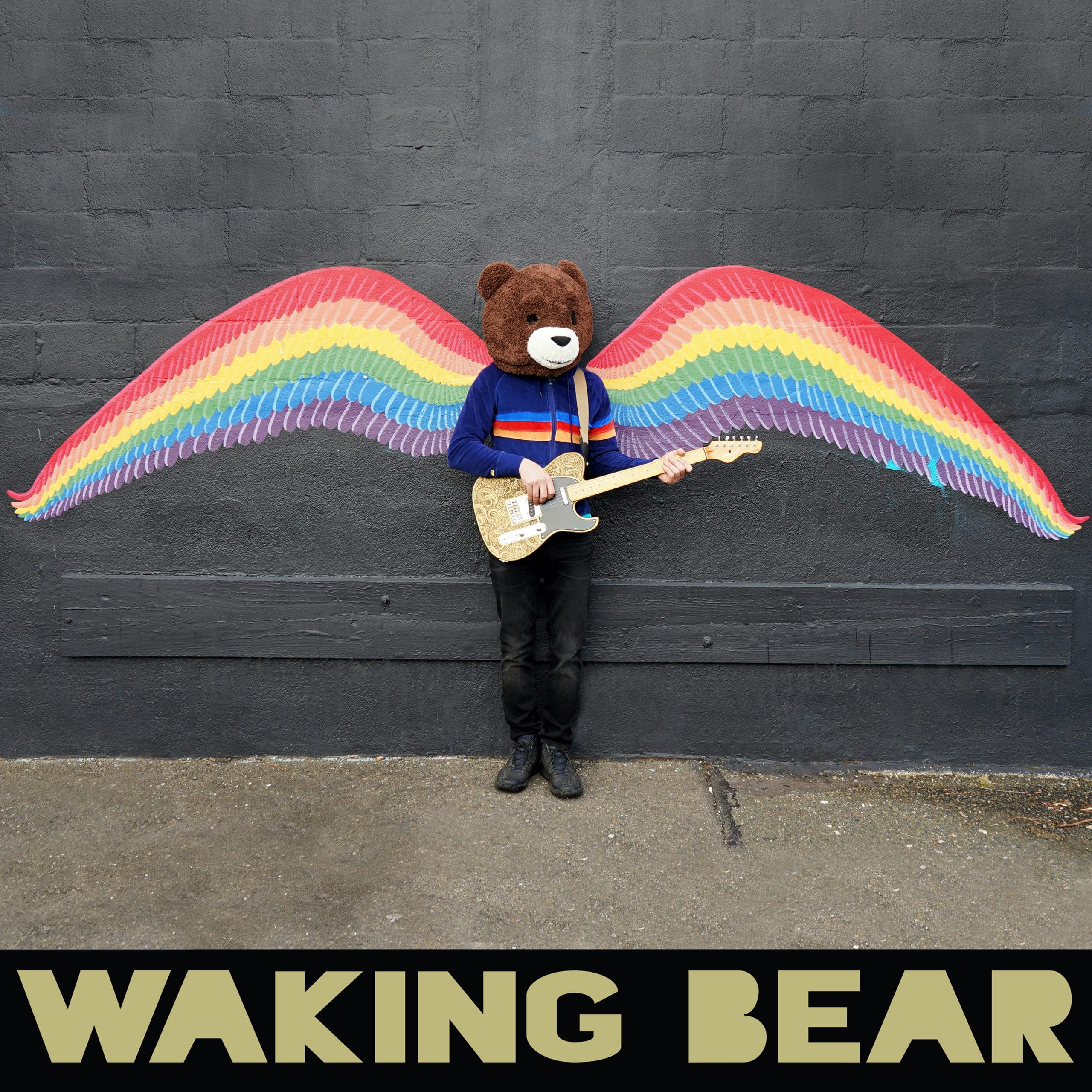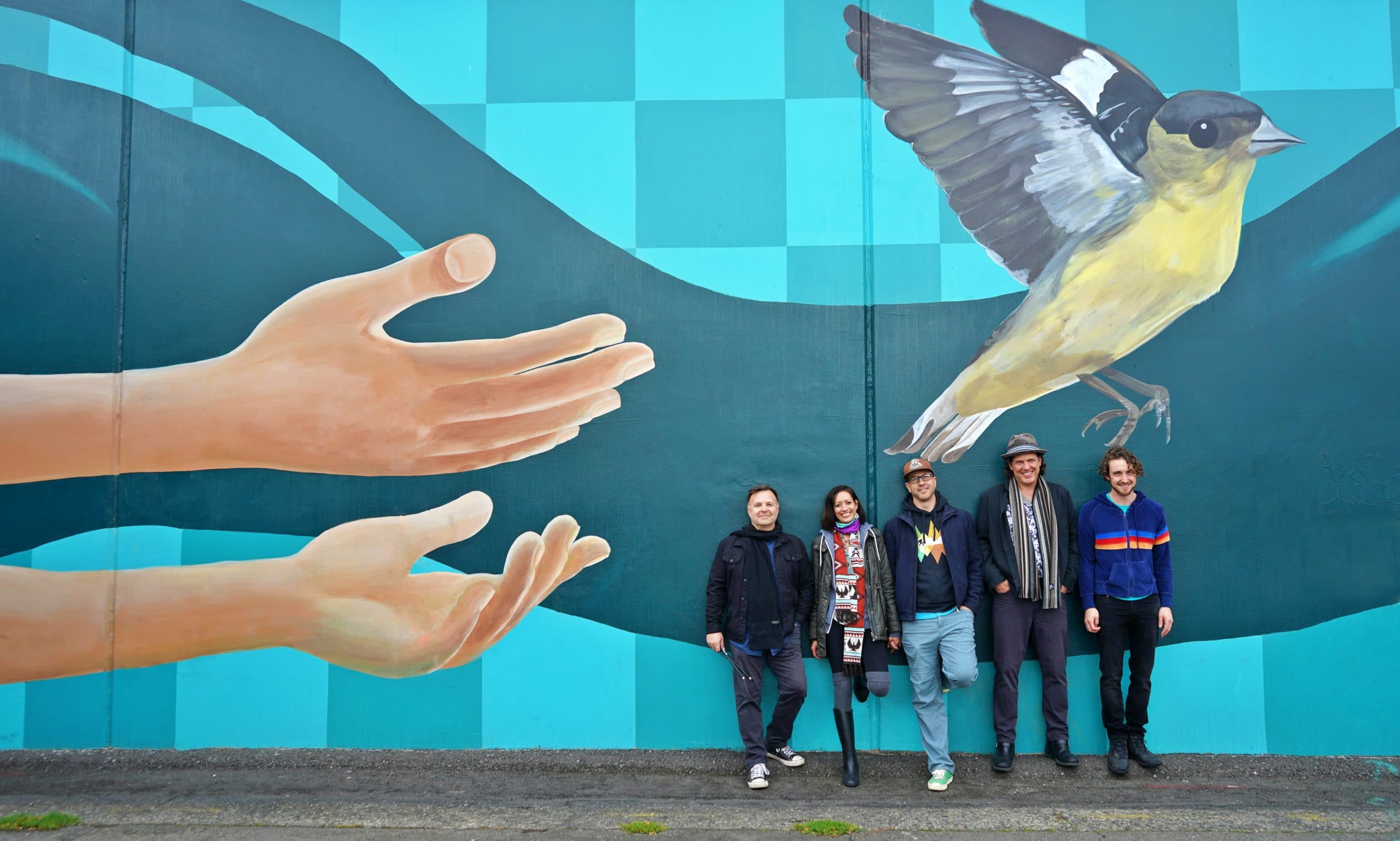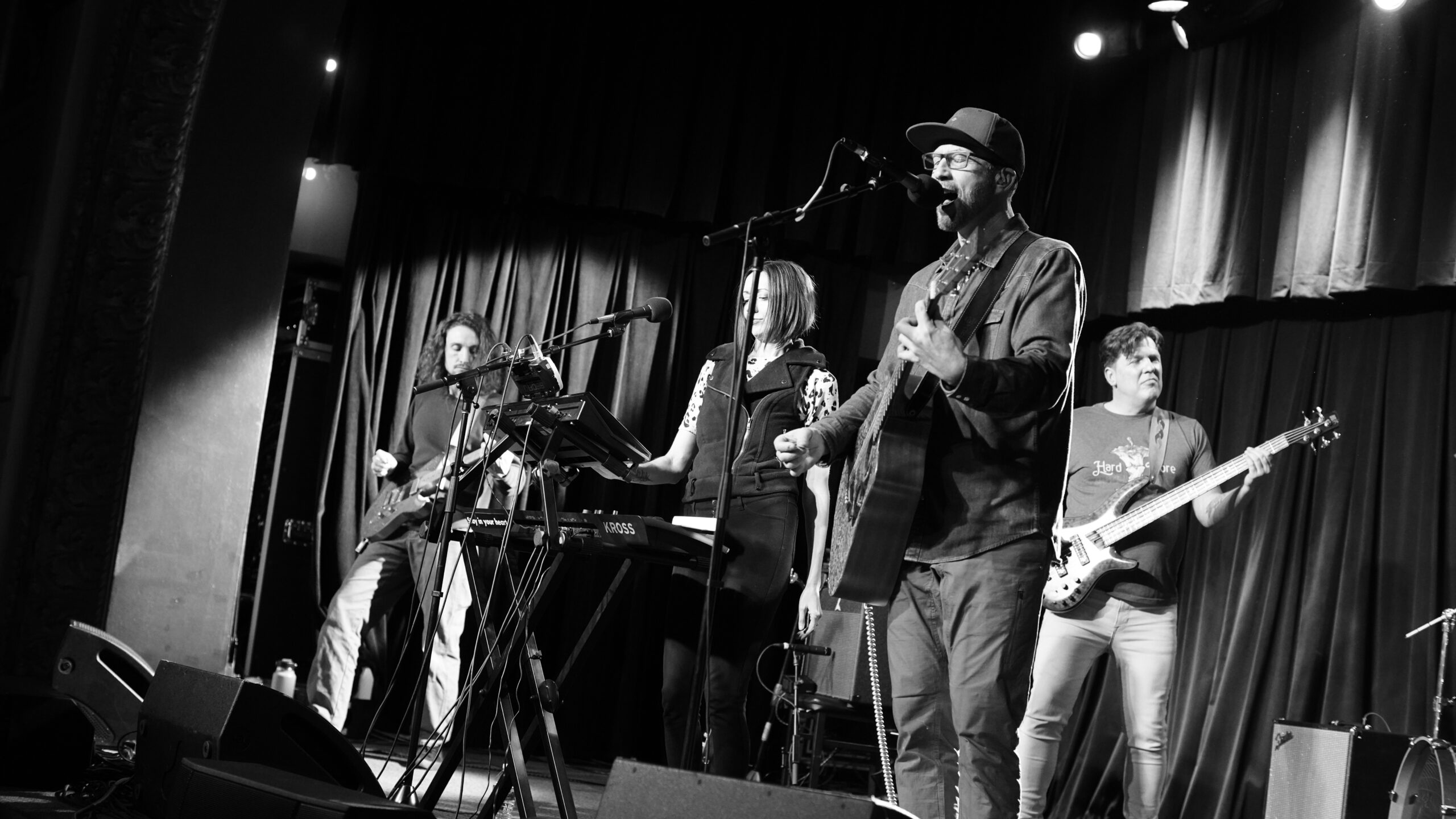A ship courses over smooth waters in the Mediterranean. She cuts through the gentle waves in the low sun, heading to port. The features of the vessel are exquisitely crafted, meant for the purposeful accommodation of a life at sea. And on the front of the ship, looking out into the azure waters, is a beautiful, bare-breasted maiden with a fish’s tail rather than legs. Her mouth is open, singing out into the gathering dark.
Such a sight has been common across many bodies of water for generations. The image of mermaids have often been used on ships for their magical and symbolic properties. But why?
Figureheads are carved sculptures that are placed on the front (or bow) of a ship. Sailors have been decorating the front of their boats for as long as they’ve created sailing craft. Of particular interest to us is the frequent use of mermaids for figureheads.
To fully understand what is going on, we’ll look into the history of figureheads, the relationship between mermaids and sailors, and the widespread adoption of mermaid figureheads that still survives into the present day.
Understanding the Figurehead
Before we get to why mermaids make for popular figureheads, we’d best begin with a simpler and more profound question: why figureheads at all?
Ornamentation of ships likely started somewhere within a week of the invention of the boat. Wherever people are building something, they start to decorate it. It’s the way we are. Bow ornamentation is well documented among ancient Greek sailors. They would sometimes paint eyes on the front of their ships, giving it the visage of a giant sea creature.
Egyptians preferred to place carvings of birds on the front of their ships, presumably to encourage a speedy flight to their destination, while the motif of a horse was chosen by most Pheonician sailors.
The use of ornamentation by Vikings was explicitly magical in nature. They would give their ships terrifying faces, a means to scare off any spirits looking for a crew to harass. As they developed ornaments that appeared more like the figureheads we know today, it was believed that they were inhabited by fairies that would, in case of shipwreck, guide the souls of dead sailors to the land of the dead. This belief was also common among Germanic people.
It is clear that across European sailing cultures, the predecessors to figureheads were everywhere. But in the 1500’s, the galleon was invented, and the rise of figureheads as we know them today was born.
Galleons were enormous sailing ships, with multiple decks and a long stem (the frontmost part of the boat that extends out as part of the keel, the bottom or floor of the entire ship). These stems allowed boatmakers to mount substantial carvings on them, and while this advantage was purely aesthetic, people immediately began attaching large figureheads to them.
In fact, figureheads became such a fad that they began to get out of hand. In the 17th and 18th centuries, figureheads grew larger and larger, signs of the wealth and grandeur of the ship’s owner. They got so large that they made sailing the ship much worse, and so they were scaled back.
But Why a Mermaid Figurehead?
The mermaid figurehead can be a real head scratcher, especially when you consider the stories of mermaids that most sailors shared.
In Europe, mermaid stories arose mostly from sirens. The sirens were maidens with mesmerizing voices, and sailors were said to become captivated by their physical and vocal beauty — leading them to shipwreck.
The folktales of mermaids inherited the theme of the dangerous temptress. It was said that mermaids would seduce sailors, who were no doubt starved for female attention while riding on male-only boats. Once in the arms of the mermaid, the sailors would then be drowned.
If mermaids were considered a danger for sailors, why idolize them in the form of a figurehead? And matters get even stranger still. For much of the last 2000 years of European sailing, there was a widespread sexist taboo against women boarding ships. It was said to bring bad luck for all involved.
Despite this, mermaids became a common figurehead design. It turns out that there were more superstitions going on at the same time.
As Pliny the Elder (24-79 CE) notes, there was a contrary belief that the image of a bare-chested woman could calm the waters. And while this belief stuck around, the mermaid connection to sirens slowly faded. Through the nineteenth century, the stickiness of one belief and the dimming of the other led to a rise in mermaid figureheads — they eventually became the most popular female figurehead design.
Another factor was the rise of women boarding ships. The weakened taboo proved that women were no worse luck than any man had been, and this also helped increase the use of female figureheads.
But the history remained complicated. There are stories of captains throwing female figureheads into the ocean in bad weather, hoping that this would end the storm. One such incident happened in the relatively recent year of 1916.
The Mermaid Figurehead
The widespread popularity of the design has left behind a large collection of pieces, with some interesting variations.
First of all, they are almost always bare-chested. Some are “in their modesty” (covering their breasts with their forearm), but for the most part they are naked. More recent mermaid figureheads will sometimes have shells or a dress covering them, but these are newer developments.
They’re often leaning out over the water, matching the orientation of the stem, but on the rare occasion, you can find them carved lower down.
Today, figureheads are less common, essentially nonexistent on commercial and military ships. But you can spot them from time to time. And when you do look out on the waters and see a ship headed by the figure of a mermaid, imagine all the magnificent history that occurred for you to see it.
[mysocial]


